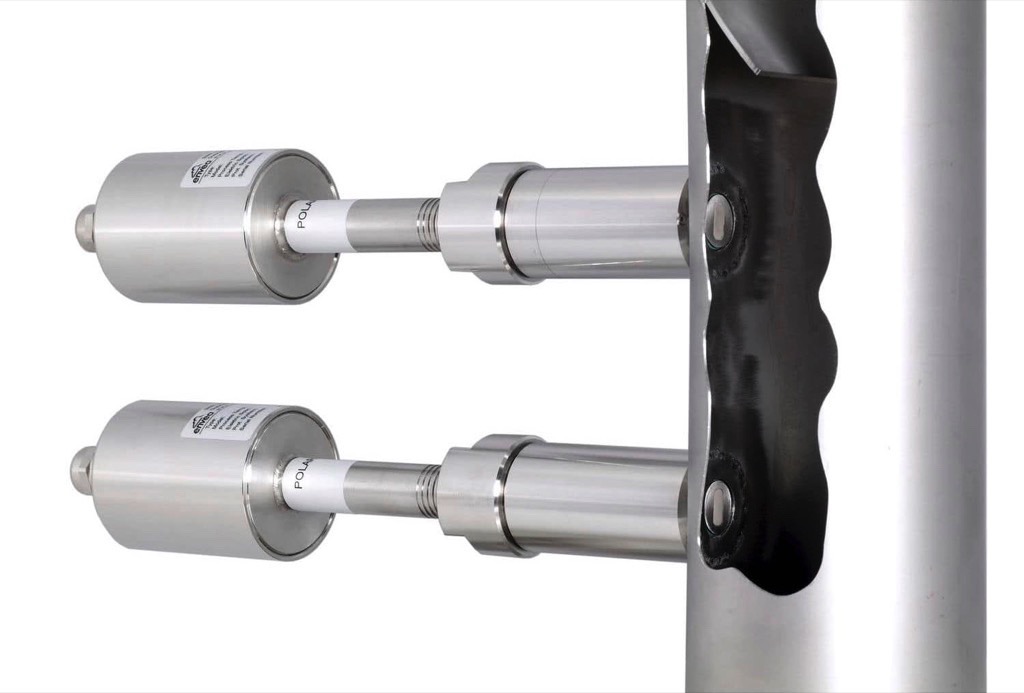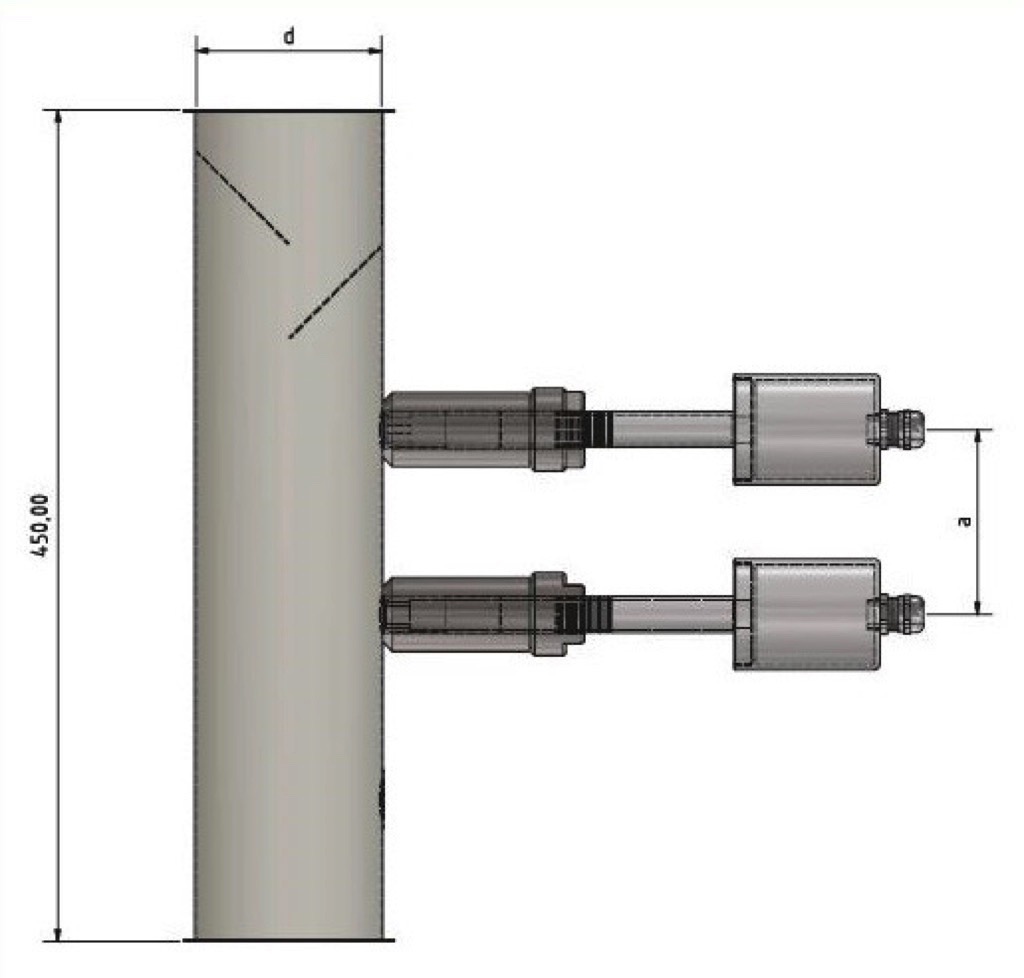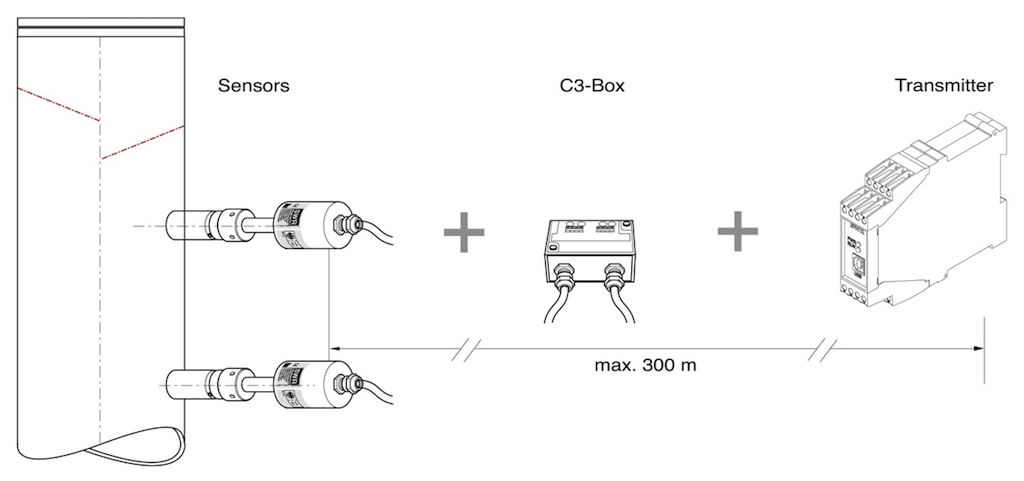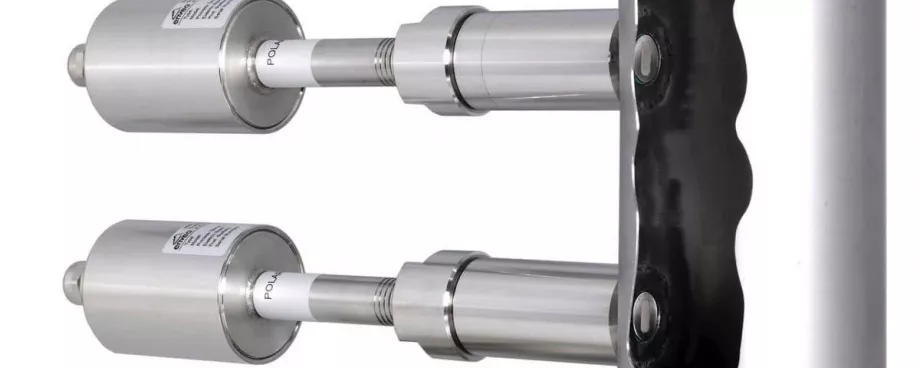
Control screening and fractionation play an increasingly important role in many industrial processes for bulk materials. Screens and their reliability are decisive for product quality and production costs. In continuous processes, screen breakages and the associated production downtimes always cause high costs. In the event of a screen breakage, large quantities of screened material must either be disposed of, sieved again or even be recalled. Not to be forgotten here is also the loss which arises for the end customer.The bulk solids industry has therefore long been looking for suitable and affordable solutions for the detection of disturbances in the screening process, such as those caused, for example, by damage to the screens being used. Up to now there has not been an ideal solution for screen break monitoring.There are different methods to avoid a standstill of screening machines and grinding plants and the associated great loss of time and high costs:
- The material flows can be extensively examined for grain sizes at regular intervals. Such an analysis of material samples from the material stream is very time-consuming and reflects only a snapshot of the particle size distribution. This means that particles that are too large can only be detected much too late in the material flow.
- Screen inserts are replaced and serviced at regular intervals, even if they are not yet defective. Regular replacement of screen inserts ensures that, for example, a screen is in good condition, but does not guarantee protection against screen cracks and the associated occurrence of too large particles.
envea - SWR engineering, specialist for bulk solids measurements of powder, dust and granulate, has developed the Paddy screen break detection system for this purpose. The Paddy is a particle sensor that is able to monitor a particle size spectrum online. In the event of an increase in coarse particles in the material flow, the paddy reliably emits an alarm. This is done via a relay contact or by exceeding an alarm threshold at the analog output.The Paddy works with the latest microwave technology in combination with a patented measuring signal analysis. The method can be applied if solids are transported in metallic pipelines - pneumatically or in free fall.The screen break detection with the Paddy measuring system consists of two sensors: a measuring sensor and a reference sensor.With a frequency of 24.125 GHz, the sensors couple microwaves into the product flow. These microwaves are scattered back by the individual particles. This scattering effect occurs both with particles that are significantly smaller than the wavelength of the emitted microwave (Rayleigh scattering) and with particles whose particle size lies in the wavelength range of the microwave (Mie scattering). The backscattered microwave signal contains the information about the velocity of the particles in its frequency spectrum. A higher speed is a clear indication of coarser grain and vice versa. The change in particle velocity directly indicates the presence of larger particles in the material flow.

A freefall structure of approx. 500 mm is required for successful measurement. In this free fall, two guide plates must be welded in in order to achieve an even speed of the material flow. In this way it is possible to determine a particle size difference of approx. 20 % with the Paddy sensor.The reliable detection of the different particle sizes depends on the application and the material properties. Likewise, the minimum grain size that can still be detected depends on the application and material. In general, as long as the material is flowable and the environment is free of interference, the Paddy measuring system reliably detects particle size differences from approx. 20%. The maximum measurable particle size is 10 mm.The Paddy measuring system is NOT a grain size analyser. After successful calibration, the sensors only detect deviations from the calibrated grain size. The use of the measurement in the dust Ex-20 area as well as for the GasEx-1 zone expands the possible areas of application.The complete patented measuring process consists of two microwave sensors: a measuring sensor and a reference sensor. The sensors are installed one above the other in the line. In free-fall applications, two guide plates must be installed to ensure an even material flow in front of the sensors.

In pneumatic applications, a venturi is required to obtain the required separation of the particles to be measured.The sensors are connected to an evaluation unit via a C3 box. The C3-Box links the ModBus signals of the sensors to a connection cable to the evaluation unit. In addition, both sensors and the evaluation unit are protected by the C3-Box via built-in fuses in the event of an electrical fault.The evaluation unit can be designed either as a field housing with display or as a DIN rail version without display. ■







